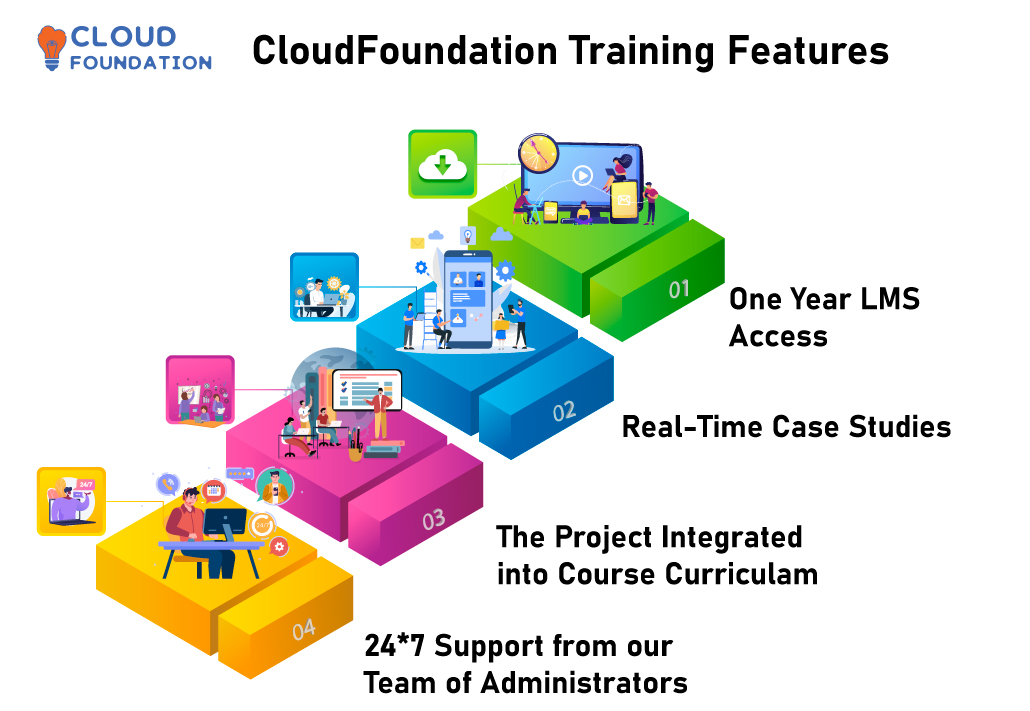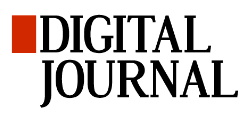Workday HCM Training – #1 Best Workday HCM Course
⏰35 hours | ▶️ 36 Videos | 📣 7310 Participants |🎓 4019 Reviews | 4.9 ⭐⭐⭐⭐⭐
Choose a Plan that Works for You
Self Paced
- Advanced sessions
- Interview Q&A
- Free study Materials
- Premium Technical support
Instructor Led Live Training
- Live Instructor
- Advanced sessions
- Interview Q&A
- Premium Technical Support
Corporate Training
- Live Instructor
- Advanced sessions
- Interview Q&A
- Premium Technical Support
Course Description
Workday HCM training is a cloud-based Financial Management and Human Capital Management software is created by independent Workday experts.
This Workday HCM course teaches you how to learn Workday by using EIB design patterns, starting the integration system, performing custom transformations, delivering files from outside the company, addressing integration errors, and modifying the template model.
In order to grasp calculated fields, expression evaluation, lookup hierarchy, inbound core connector, Workday studio components, and developing integrations, the students in this Workday HCM course Content will work on industry use cases with the assistance of independent trainers.
Our Workday HCM training course is designed to provide students with comprehensive instruction that emphasizes a practical understanding of key concepts.
HCM Learning pdfs and Workday HCM Training Material can improve learner’s proficiency and apply best practices to real-world projects if they are exposed to industry-relevant use cases and scenarios.
Everything you need to know to be a Workday expert is covered in the Workday HCM training course content below.
This Workday HCM Online Training curriculum has been designed to assist learners get the jobs they want by conforming to current trends in the business world.
The Workday HCM Training Online Course lays up a path toward imparting the comprehensive understanding of Workday platforms including Workday HCM, studio, and Functional principles that is required to become proficient in using Workday.
Learners can get deep understanding on Workday HCM Core Concepts by enrolling in Workday Core HCM Training.
By completing our Workday HCM training course, you will have a thorough grasp of all of the major components of this system.
Earning a certification in HCM Workday Training will not only increase your earning potential, but will also prove to clients that you have the expertise they need.
Optimise workforce management and drive organisational performance with the skills and experience you obtain with our exciting Workday HCM Certification Training.
This Workday HCM Certification Online proves that you can reliably and consistently deliver high-quality results.
The Workday HCM Certification Course Online is a comprehensive and detailed program that trains individuals in all aspects of Workday HCM from Beginner to Expert.
Learning Workday HCM covers the platform’s key concepts and functionalities and the best practices for efficient
use and management.
The comprehensive and informative Workday HCM Online Course covers all Topics in the Workday HCM Full Course, giving learners in-depth knowledge and understanding of the software and access to helpful and up-to-date Workday HCM Material and carefully curated Workday Course Content, making it the perfect choice for anyone looking to improve their skills and expertise in this increasingly popular and sought-after field.
Note: You should know that we are not a Workday-approved partner. We facilitate communication between students and the market’s best independent tutors.

Course Content
1. CORE CONCEPTS AND NAVIGATON BASICS
- Overview
- Basic Ideas
- Enterprise Objects
- Worklets
- Basic and supplementary navigation.
2. ORGANIZATIONS IN WORKDAY
- Types of organizations
- Administrative institutions
- Reorganization
- Setting up a supervisory organizational framework
- Managing a supervisory organizations :
A subordinate organization can be created, or a supervisory organization can be divided
- More organizational types:
Matrix Organization, Company Creation, Cost Center Organization, Location, Location Hierarchy, Region, and Region Hierarchy are some examples of organizational structures.
- Organizational structures
- Organizational roles on supervisory organizations
- Reports from the organization.
3. STAFFING MODELS
- Staffing model types
- Setting up a unique personnel model
- Limitations on hiring :
The administration of positions and jobs
- Different staffing model approaches
- Preserving staffing model.
4. JOBS & POSOTIONS
- Jobs profiles
- Job descriptions and localizations
- Salary and job descriptions Grades
- Hierarchy at the management level
- Differentiating between job families, job profiles, and job family groups
- Making a job profile (Task)
- Positions
- Managing open and vacant roles
- Establishing jobs (Task)
- Editing position limitations and Editing position.
5. COMPENSATION
- Overview of Compensation
- Components of Compensation
- Remuneration Components
- Payment Programs
- Payscales, Grade Profiles, and Steps
- Reimbursement Plan
- Rules for Compensation Eligibility.
6. DEFINING BUSINESS PROCESS
- A Summary of Business Processes
- Getting to a Business Process Definition by Navigating
- Business Procedures and Supervising Organizations
- Starting from Scratch to Create a New Business Process
- Building a New Business Process from the Ground Up
- Modifying an Existing Business Process
- Condition Rules
- Requirements
- Creating Custom Notifications
- Replacing an enterprise procedure.
7. DEFINING BUSINESS PROCESS
- A Summary of Business Processes
- Getting to a Business Process Definition by Navigating
- Business Procedures and Supervising Organizations
- Starting from Scratch to Create a New Business Process
- Building a New Business Process from the Ground Up
- Modifying an Existing Business Process
- Condition Rules
- Requirements
- Creating Custom Notifications
- Replacing an enterprise procedure.
8. TRANSATIONS IN WORKDAY
- Creating candidates
- Hiring in management positions
- Assigning security groups depending on users
- Appointment to management positions
- Staffing changes
- Termination
- Relocate employees and deactivate supervisory institutions
- Day-to-day accounts examining personal information
- Cancelling a process
- Changes in Compensation.
9. REPORT
- Overview of Data Sources
- Business Item
- Fields Summary
- Report Writer Summary
- Report Formats
- Reports from the Workday Standard
- Creating Matrix Reports and Simple, Advanced, Search Bar Reports.
- Before-hand field computations
- Individual report Types
- Exchange of Reports
- Planning reports.
10. CALCULATED FIELDS
- Determined Field Concepts
- Calculated Fields: System Wide vs. Report Specific
- Global Calculated Fields (e.g. Constants)
- Field Dependencies Calculated
- Functions that are available, include Date Calculation and Formatting Functions
- Calculations in mathematics
- Text and String Functions
- True or False Statements
- Review an expression
- Search for related functions
- Business object-related access functions.
11. EIB (Enterprise Interface Builder)
- Intro to the EIB
- Course Material for the EIB Design Patterns for Workday Human Capital Management
- EIB Restrictions. Restrictions imposed by the EIB. Overview of Workday Public Web services.
- An outline of Workday’s public Web services The Five Best Reporting Tools for Workday
5. Create an Inbound EIB.
6.Creating an EIB for overseas use.
7.Eighth, Modifying Existing Reports Specifically for Your Needs.
8. EIB Highlights
- Step Process for Using EIB’s Transaction Data Loader to Import Customer Information into Workday.
12. CORE CONNECTORS
- Overview
- Architecture
- Core Connectors
- Services for Integrated Systems Field Attributes & Field Overrides in the Integration System.
- Integration Attributes and Sequence Generators
- Integration Maps
- Integration Transaction Log
- Integration System
- Incorporating Business Procedures
- Introducing New Connections
- An Overview of Document Redesigning
- An Overview of Workday Studio.
13. Interview Discussion
1 Tips for Your Resume
2. Tips for the Interview
3. A simulated job interview
4. Project.
FAQ’s
❓ What is the Workday HCM?
✅ Human Resources Management Workday HCM is offered on the cloud and was created from the ground up. It is the only worldwide enterprise tool that combines recruitment, payroll, time and attendance, benefits, and talent management.
❓ What are the HCM modules in Workday?
✅ Management of human resources.
Administration advantages.
Management of talent.
Planning the workforce and analytics.
Analytics of big data.
Recruitment.
Payroll assistance.
Tracking time.
❓ What does HCM stand for?
✅The process of selecting the best candidates, managing workforces skillfully, and maximising productivity is known as human capital management (HCM). It has changed from being primarily an administrative role to being a crucial business value enhancer.
❓ What type of software is Workday?
✅Workday is a provider of cloud-based software with a focus on solutions for financial and human capital management.
❓ Which is better SAP HCM or Workday?
✅The Workday HCM solution may be your best option if your firm has operations across a number of different Western nations and you value detailed reports and data visualisations.
❓ Is Workday hard to learn?
✅In comparison to other HCM collections, Workday is extremely user-friendly, simple to use, and can satisfy the customer’s need efficiently. The majority of firms use it to oversee the objectives, goals, and activities of their staff.
❓ What is the importance of HCM?
✅According to human capital management (HCM), firms can increase their capital in the future by investing in their personnel. HCM assists your company in making the best hiring decisions. This will stop you from hiring workers who aren’t a good fit for your company.
❓ Which contains the core concept of HCM?
✅Core HR functions include maintaining employee data as well as handling payroll, benefits administration, onboarding (welcoming new hires into the company), and compliance management. Employee recruitment, development, and retention are all part of talent management.
Tags:
Workday Functional Training, Workday Techno Functional Training, Learning HCM, Workday HCM Functional Online Training, Workday HRMS Training, Workday HCM Functional Training, Workday Core Human Capital Management HCM Training”
Suggested Courses




MuleSoft Training
⭐⭐⭐⭐⭐
😃 221 Learners




Pega Training
⭐⭐⭐⭐⭐
😃 391 Learners




SailPoint Training
⭐⭐⭐⭐⭐
😃 106 Learners




WorkDay Training
⭐⭐⭐⭐⭐
😃 158 Learners
A few of our students
















Contact Us